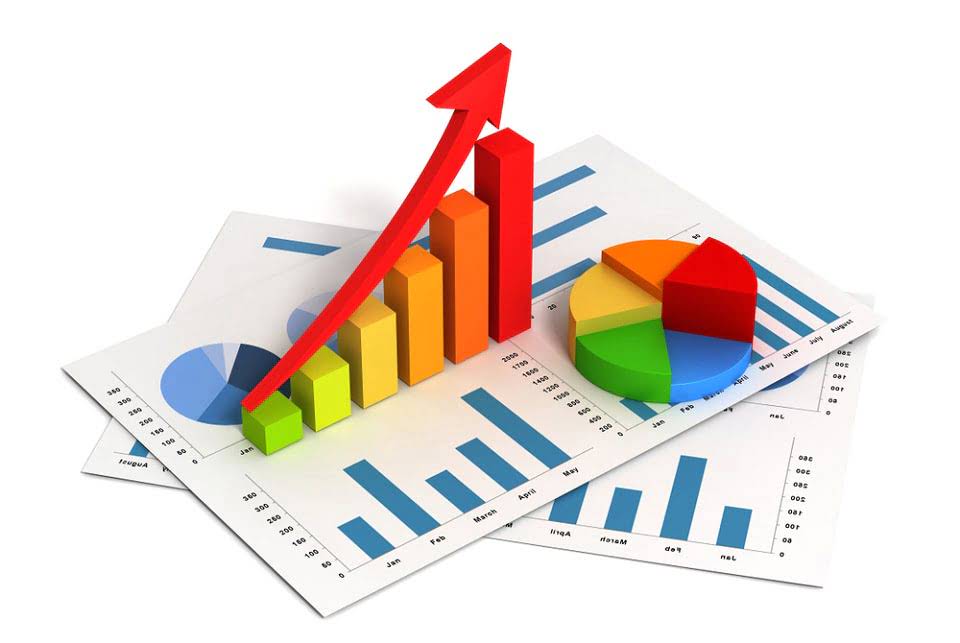Content

If the fixed costs exceed the amount of variable costs, a company is considered to have high operating leverage. Such a firm is sensitive to changes in sales volume and the volatility may affect the firm’s EBIT and returns on invested capital. In this ratio, operating leases are capitalized and equity includes both common and preferred shares. Instead of using long-term debt, an analyst may decide to use total debt to measure the debt used in a firm’s capital structure.
- It’s also a useful metric for market analysts and investors to consider since it’s an assessment of how easily a company will be able to meet financial obligations.
- But for the most part, lower ratios tend to reflect higher-performing businesses.
- If the company opts for the first option, it will own 100% of the asset, and there will be no interest payments.
- Should business falter, these same factors mean you cannot cut total costs substantially by decreasing production, putting a strain on cash flow and your ability to pay interest and repay debt.
Joe has begun to look at purchasing a larger manufacturing facility, and currently has two options available. Option A allows Joe to purchase a new building that is slightly larger than his current facility, using cash in the amount of $250,000. Get clear, concise answers to common business and software questions. Case Studies & Interviews Learn how real businesses are staying relevant and profitable in a world that faces new challenges every day.
Asset
Leveraged finance is funding that is used to acquire debt to invest in an asset that will generate profits in the future. Most of us have an optimistic bias and prefer to think that leverage will expand our existing abilities rather than saddle us with a persistent burden of heavy cash outflows.
10 essential things to know about Banking-as-a-Service – FinTech Magazine – The FinTech & InsurTech Platform
10 essential things to know about Banking-as-a-Service.
Posted: Mon, 29 Nov 2021 11:18:03 GMT [source]
There is no guarantee that financial leverage will produce a positive outcome. Basically, the higher the amount of debt a company uses as leverage, the higher – and the riskier – is its financial leverage position.
What Does Leveraged Finance Mean?
A loan might turn her dream into a reality, but it would also raise the break-even level, something all borrowers must remember. Leverage went through a gilded period in the mid- to late-1980s when buyout king Mike Milken heralded the use of debt for companies trying to grow quickly. The interest rates were attractive to investors — well in the high single digits and even above that level — and company managements were anxious to access capital for expansion and acquisitions. As the manager of the Leisure & Entertainment Fund at Fidelity Investments in the mid-1980s, I witnessed up close and personal many deals funded with substantial leverage.

This is an important figure because it indicates if a company would be able to repay all of its debts through the funds it’s raised. A company with a high debt-to-equity ratio is generally considered a riskier investment than a company with a low debt-to-equity ratio. When evaluating businesses, investors consider a company’s financial leverage and operating leverage. Leverage is nothing more or less than using borrowed money to invest. Leverage can be used to help finance anything from a home purchase to stock market speculation.
How Do I Calculate The Debt
While a business with high financial leverage may be considered risky, using financial leverage also offers benefits, such as a higher return on investment . FInancial leverage can also appeal to stockholders who may see an increase in their initial investment as well.
Chico’s FAS (CHS) Q3 2021 Earnings Call Transcript – Motley Fool
Chico’s FAS (CHS) Q3 2021 Earnings Call Transcript.
Posted: Wed, 01 Dec 2021 01:00:36 GMT [source]
However, once those investments started paying off, Verizon’s financial leverage ratio leveled out and returned to a lower, more reassuring figure. If the percentage change in earnings and the percentage change in sales are both known, a company can simply divide the percentage change in earnings by the percentage change in sales. Earnings can be measured in terms of EBIT, earnings before interest and taxes, or EPS, earnings per share. While EBIT can be determined by referencing a company’s income statement, we can determine earnings per share by dividing the company’s net income by it’s average price of common shares. The same financial leverage principle applies the to debt just like preferred stock.
Why Marriott International Financial Leverage Increased Drastically?
Debt-to-income ratio is used to calculate a company’s financial leverage to help potential investors determine whether the company is a risk or valuable investment worth making. Operating leverage, on the other hand, doesn’t take into account borrowed money. Companies with high ongoing expenses, such as manufacturing firms, have high operating leverage.

However, in finance the general practice is to borrow money to buy an asset with a higher return than the interest on the debt. Instead of spending money it doesn’t have, a company actually creates value. On the other hand, when debt is taken on for personal use there is no value being created, i.e., no leveraging. The standard way to accomplish leverage is through borrowing, via debt and equity, to invest at a much higher scale than one’s current assets would allow.
Degree Of Financial Leverage
When a business cannot afford to purchase assets on its own, it can opt to use financial leverage, which is borrowing money to purchase an asset in the hopes of generating additional income with that asset. Beyond that, certain industries lend themselves to higher average financial leverage ratios. In those cases, you can gauge the soundness of a company’s financial leverage by comparing it to those of its competitors. Leverage is when you tap into borrowed capital to invest in an asset that could potentially boost your return. By loaning money from the bank, you’re essentially using leverage to buy an asset — which in this case, is a house.
Product Reviews Unbiased, expert reviews on the best software and banking products for your business. Best Of We’ve tested, evaluated and curated the best software solutions for your specific business needs. Beginner’s Guides Our comprehensive guides serve as an introduction to basic concepts that you can incorporate into your larger business strategy. In a mechanical sense, leverage is “the exertion of force using a lever, or an object used as a lever.” In simple terms, it is using one thing to achieve another. Cut through the noise and dive deep on a specific topic with one of our curated content hubs. Jackie Lam is a personal finance writer and is based in Los Angeles.
What Does A Leverage Ratio Tell You?
Similarly, if the asset depreciates by 30%, the asset will be valued at $70,000. This means that after paying the debt of $50,000, the company will remain with $20,000 which translates to a loss of $30,000 ($50,000 – $20,000). In corporate finance, the debt-service coverage ratio is a measurement of the cash flow available to pay current debt obligations.
Why does financial leverage differ between industries?
D/E ratios vary across industries because some industries are more capital intensive than others. The financial sector has one of the highest D/E ratios but this is not indicative of high risk, just the nature of the business.
A financial leverage ratio of less than 1 is usually considered good by industry standards. Companies practice financial leverage when they use debt capital to purchase assets. While taking on debt means that a company will need to pay interest expenses, the assets acquired using that debt financing are expected to earn an amount of money greater than that interest expense. In short, financial leverage can earn outsized returns for shareholders, but also presents the risk of outright bankruptcy if cash flows fall below expectations. Return on Equity is a measure of a company’s profitability that takes a company’s annual return divided by the value of its total shareholders’ equity (i.e. 12%). ROE combines the income statement and the balance sheet as the net income or profit is compared to the shareholders’ equity. High operating leverage is common in capital-intensive firms such as manufacturing firms since they require a huge number of machines to manufacture their products.
Why Do Lenders Need Business Bank Statements?
However, if the asset investment does not perform as anticipated, the loss is much greater and the debt increases due to the interest expense which increases the risk of default. The greater the amount of debt, the higher the financial leverage and the higher the risk.
- The notional amount is $100 ($100 of oil), there are no liabilities, and there is $100 of equity, so notional leverage is 1 to 1.
- This shows the company has financed half its total assets by equity.
- A company adopts strategies to reduce costs or raise income to improve its bottom line.
- However, most analysts consider that UPS earns enough cash to cover its debts.
- A good deal of confusion arises in discussions among people who use different definitions of leverage.
We will dive in this concept in detail and look at the different leverage ratio formulas available. This type of leverage is the most pervasive what does financial leverage mean used by companies and investors – it represents the use of debt to place a company in a more advantageous financial position.

These figures can be very telling into your company’s health, potential, and ability to deliver on its financial obligations. Before Lehman Brothers went bankrupt, they were leveraged at over 30 times ($691 billion in financial leverage compared to $22 billion in assets). A mistake of this scale threatened to topple the global economy itself. It’s important to keep responsibility, accountability, and risk in mind when considering leverage options. In short, the ratio between debt and equity is a strong sign of leverage. As you may already know, equity is ownership of the organization and pays out fairly significant dividends.
Author: Maggie Kate Fitzgerald
